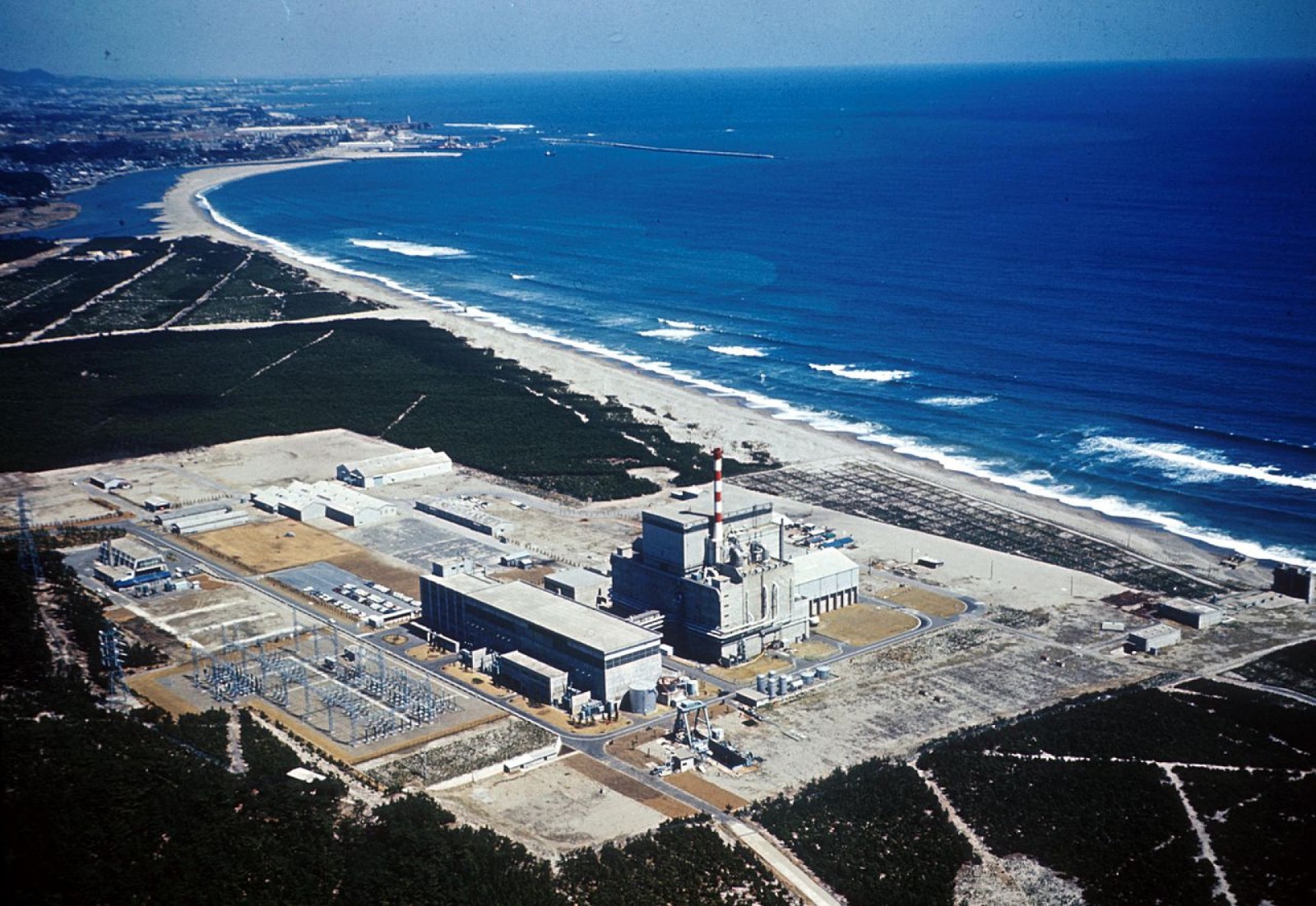Hisashi Ouchi, a name that is often associated with one of the most horrific nuclear accidents in history, became an unfortunate symbol of the devastating effects of radiation exposure. The Tokaimura nuclear accident, which occurred on September 30, 1999, in Japan, left an indelible mark on the annals of nuclear safety and human endurance. This article delves into the details of Hisashi Ouchi’s life, the accident, his subsequent suffering, and the broader implications of this tragic event.
The Tokaimura Nuclear Accident: An Overview
The Tokaimura nuclear accident took place at the JCO uranium processing plant in Tokaimura, Ibaraki Prefecture, Japan. The facility was involved in the production of nuclear fuel, and the incident occurred during the preparation of a batch of fuel for an experimental reactor. On that fateful day, a criticality accident occurred—a type of uncontrolled nuclear chain reaction.
The accident happened due to a series of procedural violations and human errors. Workers, including Hisashi Ouchi, were manually mixing a uranium solution in stainless steel buckets, bypassing several safety protocols. The criticality event was triggered when the solution reached a critical mass, causing an intense burst of neutron radiation.
Hisashi Ouchi: The Victim
Hisashi Ouchi, a 35-year-old technician, was one of the three workers directly exposed to the lethal dose of radiation during the accident. Ouchi, along with Masato Shinohara and Yutaka Yokokawa, was performing the task when the criticality occurred. Unfortunately, Ouchi was standing closest to the reaction and received the highest dose of radiation, estimated to be around 17 sieverts—a dose considered fatal.
Immediate Aftermath and Medical Response
The immediate aftermath of the accident was chaotic. Ouchi was exposed to an extraordinarily high level of radiation, which caused severe cellular damage. Within moments, he experienced nausea, pain, and a burning sensation across his body. He was rushed to the National Institute of Radiological Sciences in Chiba, where he received emergency treatment.
Radiation exposure at such a high level causes catastrophic damage to the body’s cells, particularly affecting the bone marrow, skin, and internal organs. Ouchi’s condition was dire from the outset. He suffered from severe burns, widespread tissue damage, and his white blood cell count plummeted, leaving him vulnerable to infections.
The Agonizing Struggle for Survival
Ouchi’s medical treatment was unprecedented. For 83 days, doctors and medical staff battled to keep him alive, employing cutting-edge treatments and experimental procedures. He underwent numerous blood transfusions, skin grafts, and surgeries in an attempt to stabilize his condition and promote healing.
One of the most harrowing aspects of Ouchi’s ordeal was the gradual breakdown of his body. Radiation exposure had destroyed his DNA, leading to the cessation of cell division and repair mechanisms. His skin began to slough off, and he experienced repeated organ failures. Despite the intense pain and suffering, Ouchi remained conscious for a significant portion of his treatment, enduring unimaginable agony.
Ethical Dilemmas and Medical Controversies
Ouchi’s prolonged suffering raised significant ethical questions and sparked debates within the medical community. Some argued that continuing aggressive treatment was inhumane, as his chances of recovery were virtually nonexistent. Others believed that every possible measure should be taken to save his life, regardless of the odds.
The medical team faced a daunting challenge: balancing the ethical implications of their actions with the desire to push the boundaries of medical science. The case highlighted the need for clear guidelines and protocols when dealing with extreme radiation exposure and terminal patients.
The Inevitable End
Despite the relentless efforts of the medical team, Ouchi’s condition continued to deteriorate. His body was unable to regenerate cells, and the cumulative damage from radiation exposure proved insurmountable. On December 21, 1999, after 83 days of suffering, Hisashi Ouchi succumbed to multiple organ failure.
Broader Implications and Lessons Learned
The Tokaimura nuclear accident and the tragic case of Hisashi Ouchi had profound implications for nuclear safety and medical science. The incident exposed glaring deficiencies in safety protocols, training, and regulatory oversight within the nuclear industry. In response, Japan implemented stricter regulations and safety measures to prevent similar accidents in the future.
For the medical community, Ouchi’s case provided valuable insights into the effects of extreme radiation exposure and the limits of medical intervention. It underscored the need for better preparedness, research, and ethical guidelines in handling such catastrophic events.
Memorial and Legacy
Hisashi Ouchi’s story remains a somber reminder of the potential dangers associated with nuclear energy and the human cost of safety lapses. He is remembered not only for his suffering but also for the lessons his case imparted to both the nuclear industry and the medical field. His legacy continues to influence discussions on radiation safety, medical ethics, and the responsibilities of those who work with nuclear materials.
Conclusion
The tragic tale of Hisashi Ouchi is a poignant chapter in the history of nuclear accidents. His experience underscores the devastating impact of radiation exposure and the human suffering that can result from failures in safety protocols. As we reflect on his story, it is essential to remember the lessons learned and to continue striving for improved safety and ethical standards in both the nuclear industry and medical practice. Ouchi’s ordeal serves as a powerful testament to the need for vigilance, compassion, and a relentless commitment to preventing such tragedies in the future.
Keep an eye for more news & updates on Vents Tribune!

